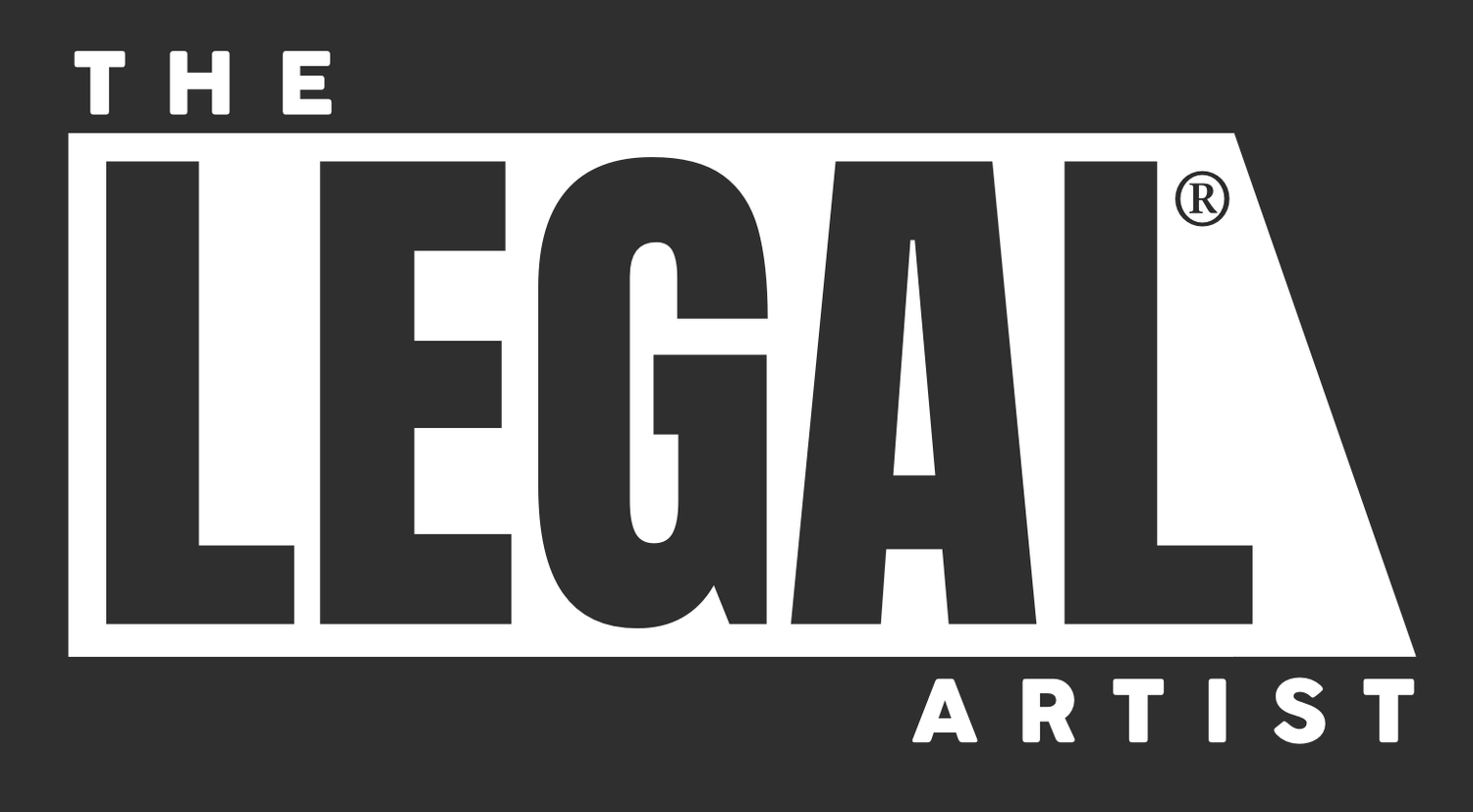Three weeks ago, Steph and I decided to publicly announce that we're expecting our first child (September 1st, dear readers! Mark your calendars). It was crucial to us that the announcement be memorable and fun, and almost immediately, Steph hit upon the idea that the announcement take the form of a movie poster. I'm a film buff after all, so I think she knew I couldn't say no. My initial concept was to do a horror-themed one sheet in the vein of Saw, but Steph didn't like the idea of equating our bundle of joy with murderous psychopathy, so we quickly settled on another well-worn trope: the bright, colorful, goofy posters for terrible Matthew McConaughey romantic comedies like Failure to Launch, or How to Lose a Guy in 10 Days. The poster would feature us against a white backdrop, Steph as the beautiful, glowing mother-to-be, while I acted the part of the hapless but gold-hearted man-child.
Concept in hand, we hired a friend and professional photographer, Alex Jones, to shoot the poster. I wanted this thing to be perfect and my camera gear - an iPhone 5 - wasn't exactly going to cut it. I also knew Alex could deliver what I was looking for with minimal direction; he did my headshots last year and those were universally praised. As expected, Alex's poster shots went above and beyond. And after two days of experimenting with layouts, fonts, and colors, here's what we came up with:

The announcement was a big hit with friends and family and it was also a creatively satisfying experience. So why am I telling you this? First, I'm proud of the way the poster came out and I just want to brag a little. Second, I thought the poster was a good example of the weird world of "derivative works."
A derivative work is an adaptation, translation, or modification of an existing copyrighted work. You see them all the time without even realizing it. A film based on a book, a photograph of a sculpture, a cover of a song, an English translation of a Russian novel, a collage of cat meme pictures... all of these are derivative works. And with the internet providing unlimited free access to all sorts of visual content, it's become pretty easy to build a career as a derivative work artist. As a result, I frequently get questions from collage artists and photographers asking where the line is when it comes to using the works of others in their own work.
Unfortunately for them, that line is pretty clear; the only person allowed to make a derivative work of the original is the owner of the original! It's codified in our copyright law as an exclusive right, which means that if you author a derivative work without permission of the copyright owner, you could actually be liable for copyright infringement (exception: photographing or painting exterior structures like buildings and sculptures for commercial gain are generally not copyright infringement if the structures are easily visible from a public place). Without that permission, your only recourse is the fair use doctrine, which I've been pretty vocal about being a lousy way to get out from under a copyright infringement claim.
To complicate matters further, if you author a derivative work, you will own the copyright in the parts of the work that are unique to you, even if the derivative was unauthorized. The original copyright, of course, will still remain with the owner. This weird overlap can lead to some sticky situations with both parties claiming some copyright interest in the work and neither being able to profit off the other's creation.
So looking at our faux-movie poster, how does this dynamic play out?
- The copyright to the original photograph rests with the artist. Contractually, Alex maintains the rights to all his photos unless he conveys them away. The only right I possess is the right of non-commercial display (meaning I can show people the photo but I can't resell it).
- The modifications I made to turn the photo into a poster do not constitute copyright infringement in this case because I had permission from Alex - I hired him specifically to carry out a preexisting vision - and because I'm not making any money from it. If Alex had not given me permission (either explicitly or implicitly), I would have been liable to him for copyright infringement.
- While Alex owns the copyright to the photo, I own a copyright interest in the overlay changes I made to transform his photo into a movie poster. Yes I can actually claim a copyright in the layout, the wording choices, the color choices, and the overall aesthetic effect of the piece.
You'll notice that a big reason I'm safe is because I'm not making money off the poster. That, obviously, is no consolation to a working artist who needs to make money to survive. So my blanket piece of advice for artists who rely on the works of others to create their own: do your best to get permission, use older work that's in the public domain, or avoid using preexisting work altogether. And if you're not interested in that, please talk to a lawyer to see if your intended use is protected by fair use.
Ultimately, I think your time is better spent creating new work rather than defending yourself on an infringement claim because you used old work.
[Author's Note: I don't actually know Judd Apatow and A.O. Scott.]










